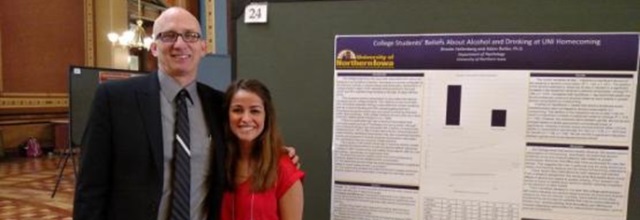Honors Program Theses
Award/Availability
Open Access Honors Program Thesis
Abstract
Available techniques for determining age from human cranial remains are limited. This unique study examines the usefulness of Meindl and Lovejoy's method of determining age based on ectocranial suture closure patterns and compares it to a multifactorial approach which employs various age determining factors from across the cranium. In this study, the multifactorial model includes the following cranial aging indicators: dental development and attrition, the amount of closure of the maxillary and basilar sutures, and general pathological degeneration. What makes the study different is that the sample of crania upon which this comparison is performed contains mostly crania that exhibit obvious signs of artificial cranial deformation. Our hypothesis is that artificial modification of the cranial vault affects sutural growth and development thereby presenting a challenge to accurately employ age techniques that rely on such closure patterns. The study is conducted on a series of 104 adult, human crania from prehispanic archaeological sites that are presently curated in the Museo de La Plata, Argentina. Results clearly show that the multifactorial approach outperforms Meindl and Lovejoy's ectocranial suture method. Furthermore, results also reveal that Meindl and Lovejoy's method, if and when used alone as an aging technique, functions more appropriately on deformed crania.
Year of Submission
2007
Department
Department of Sociology, Anthropology, and Criminology
University Honors Designation
A thesis submitted in partial fulfillment of the requirements for the designation University Honors
Date Original
5-30-2023
Object Description
1 PDF file (20 pages)
Copyright
©2007 Jennifer J. Younie
Language
en
File Format
application/pdf
Recommended Citation
Younie, Jennifer J., "The Conceptualization of Mental Illness Held by North-Eastern Iowa Legislators" (2007). Honors Program Theses. 664.
https://scholarworks.uni.edu/hpt/664




Comments
If you are the rightful copyright holder of this thesis and wish to have it removed from the Open Access Collection, please submit a request to scholarworks@uni.edu and include clear identification of the work, preferably with URL.